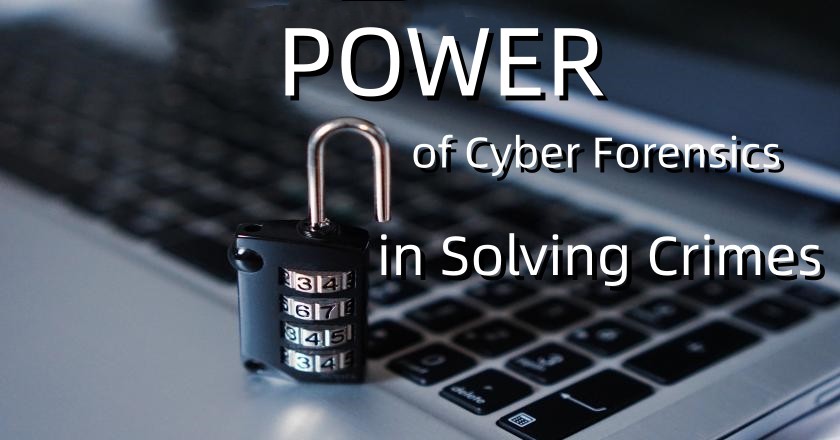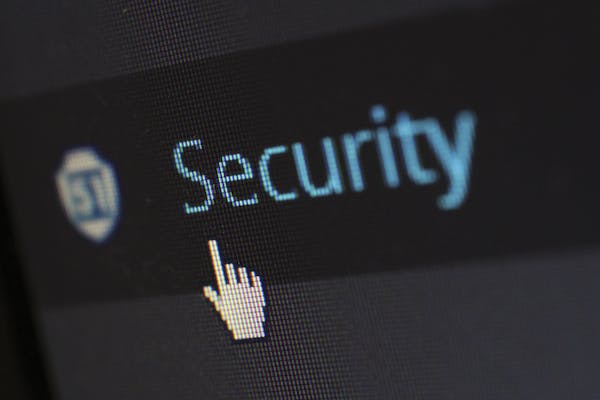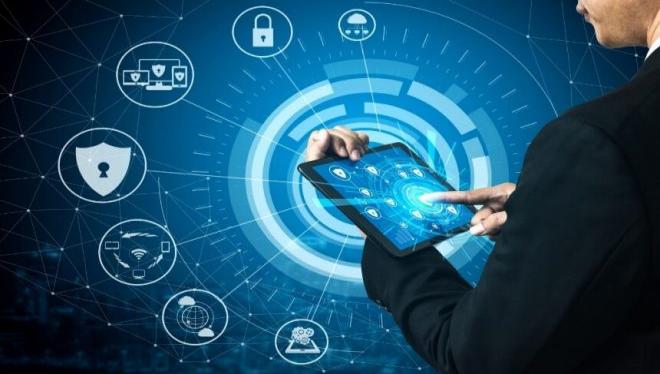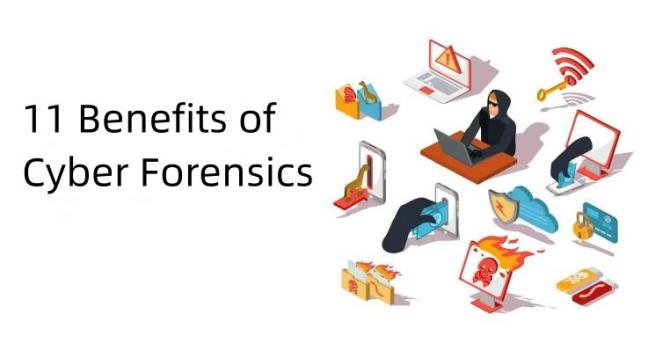The Power of Cyber Forensics in Solving Crimes

-
Content
- Introduction
- Types of Crimes Solved Through Cyber Forensics
- Techniques and Tools Used in Cyber Forensics
- Benefits of Cyber Forensics
- Ethical Considerations
- Conclusion
-
Content
- Introduction
- Types of Crimes Solved Through Cyber Forensics
- Techniques and Tools Used in Cyber Forensics
- Benefits of Cyber Forensics
- Ethical Considerations
- Conclusion
Introduction
Cyber forensics, often known as digital forensics, is an essential subfield of forensic science concerned with the analysis and retrieval of data from electronic devices. Cyber forensics is the practice of using scientific methods to gather, examine, and store digital evidence; it is closely related to computer forensics.
Integrating countermeasures against cybercrime, it relies heavily on cyber security forensics. Cybercrime is becoming increasingly sophisticated along with the advancement of technology. Experts in digital forensics are called cyber forensics experts because of their expertise in tracing and analyzing the digital trails left by criminals.
The role of a cyber forensics expert can’t be overstated. From corporate espionage to criminal offenses, this field plays a vital part in unveiling hidden truths. In partnership with cyber forensics companies, law enforcement agencies harness cutting-edge techniques to solve complex crimes, bridging the gap between traditional investigation methods and modern technological challenges.
The development of cyber forensics represents a significant change in the criminal justice system. It serves as evidence of how technology can be a potent ally in the fight for justice when used skillfully.
Types of Crimes Solved Through Cyber Forensics
The application of cyber forensics in solving crimes is broad and far-reaching. Professionals use digital forensics tools to investigate various criminal activities, from violent crimes to economic espionage. Below are five real-world examples that highlight the importance of cyber forensics in modern crime-solving:
The BTK Serial Killer Case
Dennis Rader, the BTK (Bind, Torture, Kill) serial killer, was apprehended due to a critical error in his digital communication. Rader sent a floppy disk to the police, and a cyber forensics expert was able to extract metadata that led to his capture. His arrest marked a significant success for cyber forensics.
The Silk Road Dark Web Marketplace Case
The notorious online black market Silk Road was shut down with the help of cyber forensics firms and government enforcement. The founder, Ross Ulbricht, was apprehended after a thorough investigation into Bitcoin transactions and the use of digital forensics technologies.
The Colonial Pipeline Ransomware Attack Case
When trying to figure out what happened with the Colonial Pipeline ransomware assault, cyber security forensics was an essential tool. Investigators tracked the cryptocurrency payment and compared it to the malware’s digital fingerprints, determining that the attack originated from the DarkSide hacker gang.
Online Financial Crimes
Several types of online financial crimes have been solved with the use of cyber forensics. Complex methods are used to track down the perpetrators of identity theft, uncover the origins of phishing attacks, and uncover the whereabouts of illicit financial transactions. Criminals can be apprehended and stolen money can be recovered more quickly with the use of real-time surveillance and analysis.
Cyber Espionage
Governments and large corporations often face the threat of cyber espionage. Cyber security digital forensics experts work to uncover these complex schemes. Through the meticulous examination of digital evidence, they uncover the sources of attacks, the methods used, and potential countermeasures to prevent future breaches.
These incidents highlight the importance of cyber forensics in dealing with the wide range of modern digital threats. When it comes to maintaining security and enforcing the law in today’s interconnected world, cyber forensics’ incorporation into the criminal justice system is crucial.
Techniques and Tools Used in Cyber Forensics
There are many different methods and tools used in cyber forensics, making it a complex and subtle topic. These approaches are always being refined to accommodate new developments in technology. The following is an analysis of several fundamental methods and resources:
Techniques
- File Carving: This technique digs deep into a system to extract and analyze data, even if the file structure is damaged or deleted. It’s like piecing together a puzzle from scattered fragments.
- Chain of Custody: Ensuring the integrity of evidence is paramount. Chain of Custody meticulously tracks the handling and possession of evidence, guaranteeing its authenticity and credibility in court.
- Data Recovery: When crucial data seems lost or deleted, data recovery techniques come into play. They retrieve vital information, making it accessible for analysis.
- Hash Calculation: A digital fingerprint of a file, hash calculations are vital in verifying the integrity of data. Any change, however small, alters the hash, revealing potential tampering.
- Timeline Analysis: By creating a chronological sequence of events, timeline analysis offers a clear view of actions and alterations, helping investigators reconstruct events.
- Steganography Detection: The art of hiding information within other files, steganography, requires special techniques to detect. Uncovering such concealed data can unravel hidden secrets.
Tools
- SIFT (SANS Investigative Forensic Toolkit): A go-to tool for many cyber forensics experts, SIFT provides an array of features for examining digital systems.
- ProDiscover Forensic: This forensics tool excels in disk imaging and analysis, turning raw data into insightful information.
- Volatility Framework: Memory analysis becomes seamless with this tool, helping in understanding what transpired within a system’s RAM.
- Sleuth Kit (+Autopsy): It’s all about file system analysis with this tool, allowing experts to navigate and explore file structures.
- SPF Pro: An all-in-one mobile forensic tool developed by SalvationDATA that’s versatile in data extracting, recovering, analyzing, and report exporting from mobile devices.
- VIP 2.0: This sophisticated video evidence capturer by SalvationDATA is a powerhouse in recovering deleted or fragmented videos, integrating retrieval, recovery, analysis, and reporting.
- Xplico: Network forensics is Xplico’s domain, enabling the dissection of network traffic to understand underlying activities.
- X-Ways Forensics: A comprehensive toolkit, X-Ways Forensics is adept at disk cloning, viewing, and analysis.
Contact to Apply a Free Trial Now!
The foundation of contemporary cyber forensics is the integration of various methods and tools. Together, they help investigators find their way through the digital maze and transform opaque data into solid proof. These techniques are more than just useful aids in the fight for justice in a world where digital clues are becoming the key to solving physical crimes.
Benefits of Cyber Forensics
Cyber forensics has evolved from a niche field to an absolute requirement in today’s interconnected world. Its usefulness and significance are expanding as more and more people discover the many ways in which it improves their lives. Some of these benefits are discussed below.
- Criminal Investigations: By unveiling hidden digital trails, cyber forensics serves as a potent tool in solving crimes, from fraud to terrorism. It turns obscure data into tangible evidence that can stand in court.
- Corporate Security: In the business world, cyber forensics shields vital information. Whether it’s safeguarding intellectual property or protecting financial data, this discipline keeps corporate secrets safe.
- Data Recovery: Unexpected data loss can spell disaster. Cyber forensics comes to the rescue with robust recovery methods, retrieving lost information and saving both time and resources.
- Legal Compliance: Ensuring compliance with laws and regulations is a complex task. Cyber forensics helps organizations adhere to legal requirements, maintaining integrity and transparency.
- Educational and Awareness: What is cyber forensics is not just a field of study but an area for awareness. By educating society about digital safety, it promotes responsible digital behavior.
- Disaster Response: When cyber calamities strike, be it a hack or a failure, cyber forensics acts swiftly. Its tools and techniques restore systems and recover data, mitigating the damage.
- Consumer Protection: Online fraud and identity theft are rampant. Cyber forensics empowers law enforcement to track down perpetrators, thereby protecting consumers and restoring trust in online transactions.
- Enhanced Collaboration: By bridging the gap between traditional investigative methods and digital technology, cyber forensics enhances collaboration among various agencies, leading to more effective solutions.
- International Scope: In a globalized world, crimes often transcend borders. Cyber forensics operates beyond geographical limitations, engaging in cross-border collaborations to tackle international offenses.
- Innovation and Research: Continuous evolution in the field leads to innovative solutions. Research and development in cyber forensics ensure that it stays ahead of the curve, confronting new challenges with cutting-edge approaches.
- Personal Security: Beyond corporations and governments, cyber forensics ensures personal digital safety. It’s a guardian of personal privacy, making the digital space safer for individuals.
Cyber forensics benefits can be felt by people of many walks of life. It’s not only a technical area; it’s a multidimensional study of how modern society works. It has far-reaching consequences, creating a buffer zone in cyberspace and making the internet a place of promise rather than danger. It exemplifies the capacity of humanity to harness the power of technology for the common good.
Ethical Considerations
Seeking digital justice through cyber forensics is a complex dance involving a number of competing interests. Despite its unquestionable usefulness, it raises a number of ethical questions that must be given serious consideration.
- Privacy Concerns: The same methods that help cyber forensics experts solve cases also pose a threat to individuals’ right to privacy. Adhering to legal requirements is essential when striking a balance between investigative demands and individual privacy.
- Consent and Authorization: Investigative procedures must adhere to consent and proper authorization. Unauthorized access, even in the pursuit of justice, can lead to ethical breaches.
- Transparency and Accountability: How and when cyber forensics tools and techniques are employed must be transparent. Accountability in procedures ensures that powers are not misused or overstepped.
- International Jurisdiction: Cyber forensics often crosses borders, leading to clashes in legal and ethical norms. Harmonizing different legal systems and cultural values is essential to maintain ethical integrity.
- Integrity of Evidence: Ensuring that evidence is obtained, handled, and preserved ethically is vital. Any lapse in this chain can compromise not just a case but the credibility of cyber forensics itself.
Finally the ethical environment of cyber forensics is just as complicated as its technical environment. It necessitates a complex strategy that upholds both society requirements and individual liberties. Cyber forensics may continue to be a force for good without undermining the principles that make a society just and humane with clear rules, rigorous oversight, and a strong ethical compass.
Conclusion
Cyber forensics has an impact that crosses all lines, from its involvement in solving crimes like the infamous BTK serial killer case to corporate security. It is the lifeline that transforms jumbled digital footprints into convincing evidence, enabling law enforcement and defending both private and public interests.
But with this power comes responsibility. The quest of justice must be balanced with respect for privacy, individual rights, and legal norms, as ethical considerations serve as a reminder. The secret to preserving the objectivity and authority of the field is striking a balance between these opposing pressures.
In summary, cyber forensics is more than a collection of methods or devices. It’s a way of thinking that combines technology with people’s need for security and fairness. Its significance is more relevant than ever today, highlighting the fact that justice must prevail in both the virtual and physical worlds. Cyber forensics has enormous potential and holds forth the possibility of a transformative future that is both safer and more just.




